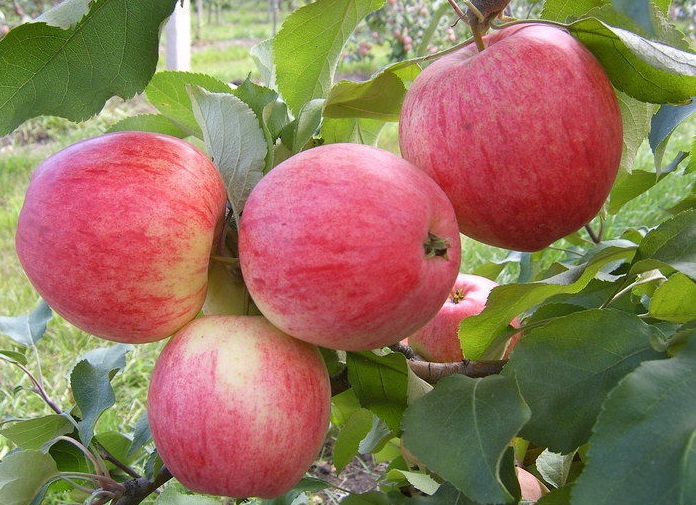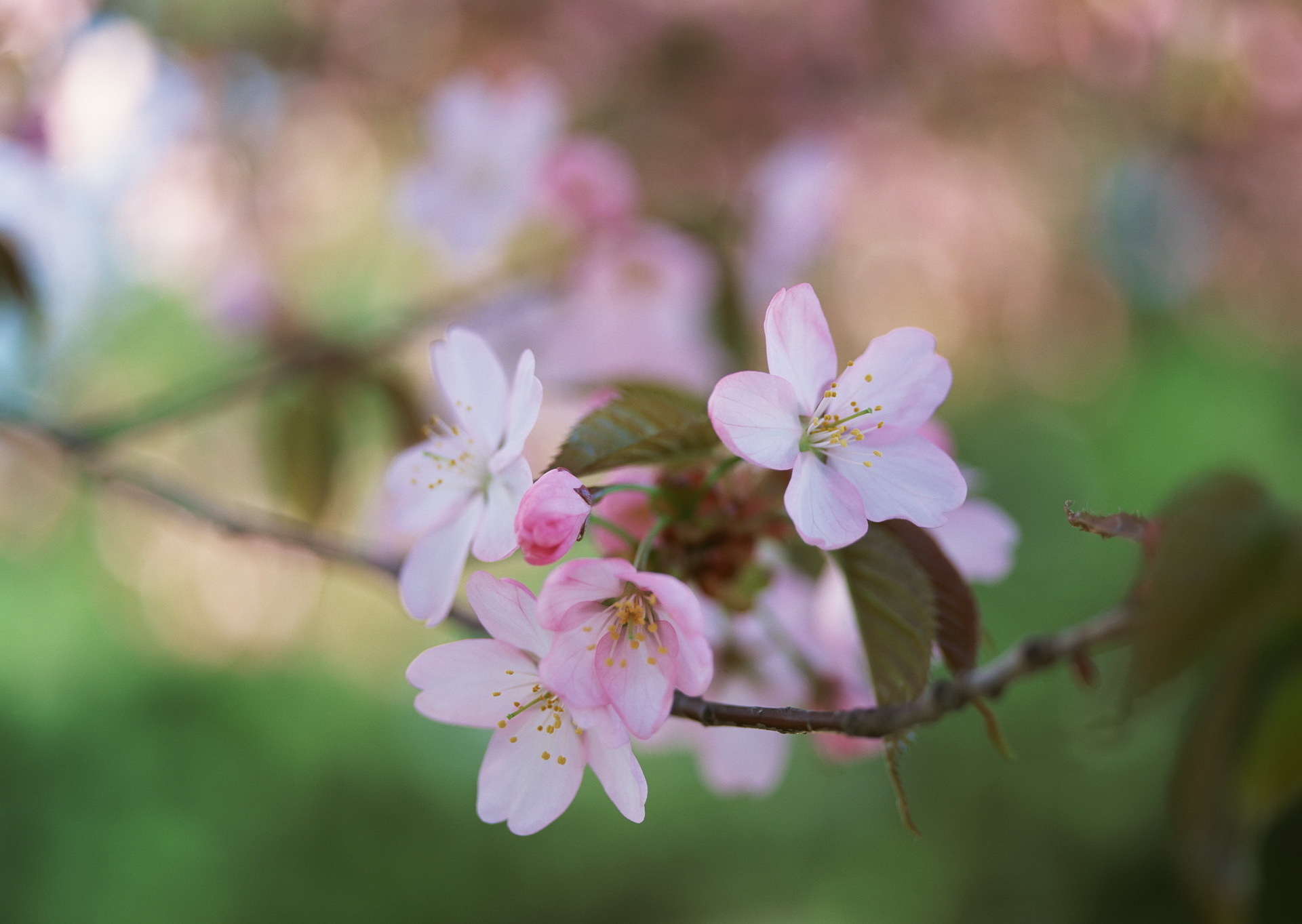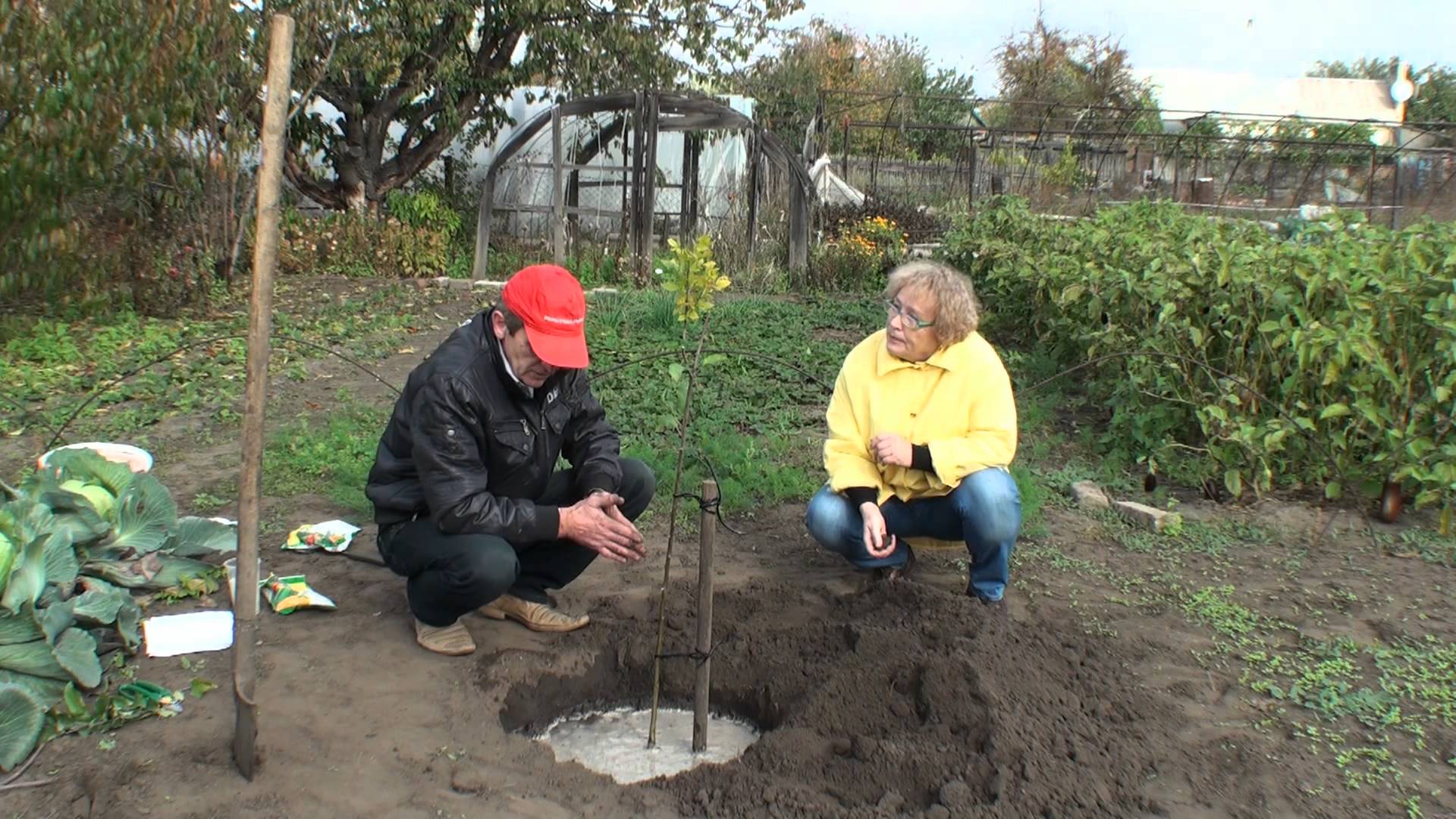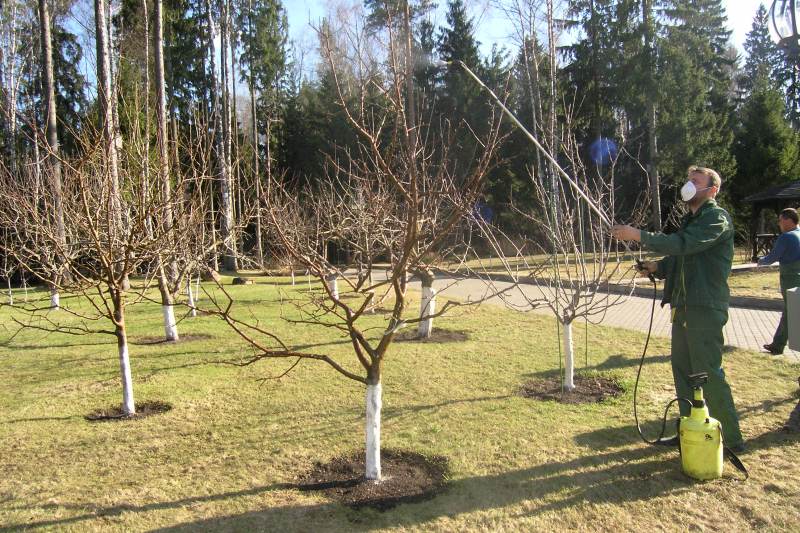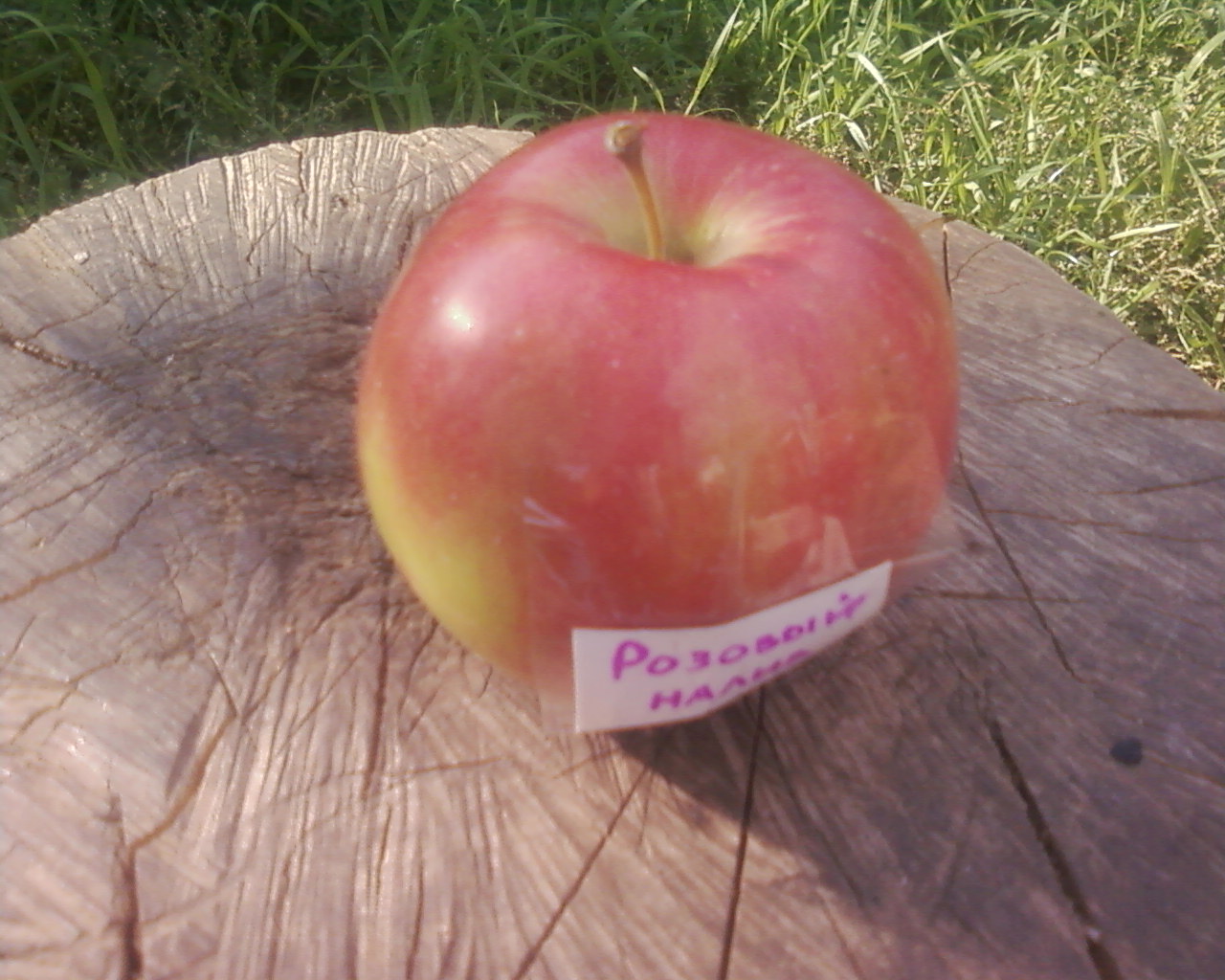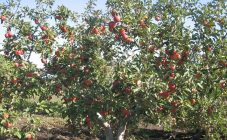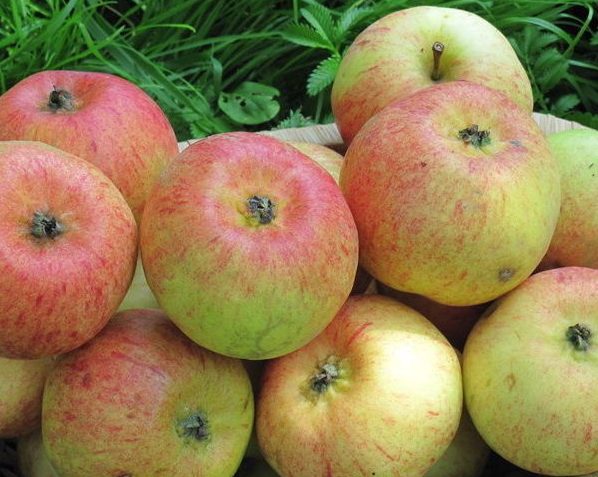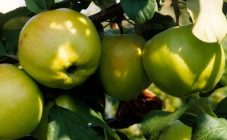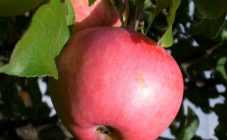Content:
Today, there are already, perhaps, innumerable varieties of apples that differ from each other not only in their characteristics and key features, but also in the cultivation technique. Before purchasing a seedling, you must decide on the variety and first familiarize yourself with its description. The article will focus on the varieties of Anise apples.
Anise apples cover several ancient Volga varieties of autumn ripening, which occupied a leading place in the orchards of the Volga region. All Anises are members of clones with relatively similar characteristics. The differences between them are only in economic, biological and morphological characteristics.
Characteristics and features of the variety
The Anisovka apple tree is represented by a tall and well-developed tree. The height can reach 3.5-4 meters, the crown is massive, in the early stages it is wide-pyramidal. Over the years, the crown of the tree begins to acquire a spherical shape, maintaining a medium density.
The tree begins to bear fruit at 4-5 years of age from the moment of planting. Subject to all the rules of cultivation, a fruit tree is capable of producing 190-290 kg of a quality crop.
The main branches of the crown are curved and slightly raised, covered with a bark of medium thickness, light brown. As a rule, the fruits are formed on the ringlets and lances of three-year shoots, which still have no foliage at all or are slightly leafy.
The foliage is characterized by a rounded-ellipsoid shape, medium size, curved structure, green color. They grow perpendicular to the shoot. Short petioles have abundant pubescence, and leaf plates are weak.
During flowering, pale pink flowers with a greenish tint are formed. After flowering, fruits begin to actively form and develop, the weight of which reaches 100 g. The sizes of apples are average.
The main varieties of Anise:
- Anis Sverdlovsky apple tree: description. The fruits are colored in light yellow tones, there is a ruddy bloom. The peel is quite dense, but it is practically not felt during meals, covered with a natural waxy bloom.
- Anise Striped apple tree: description. The main color of the fruit is light green; when ripe, a noticeable blush appears, expressed on the peel in the form of stripes.
- Anise Purple apple: description. The apple aniseed variety boasts large fruits. Painted in purple tones with a pronounced reddish tint. Some gardeners insist that the color is crimson.
- Anise Gray apple tree: characteristics. The fruits of this variety are characterized by pinkish tones that cover the entire skin of the apple.
- Apple tree Anis Scarlet: description. One of the most common varieties. The main feature of the variety is the languid red fruits.
The culture is susceptible to heat and drought, the indicators of frost resistance are high.
Agricultural technology of cultivation
In order for the acquired seedlings to quickly take root, the root system should not be allowed to dry out. Before transportation, young trees should be kept in water for a while, and then wrapped with a moistened piece of cloth. Before planting, the seedlings must be placed in a container of water for several days. Planting in open soil should be carried out as follows:
- Prepare the pit. Approximate dimensions: depth - 0.5 m; width - 1.25 m.
- The bottom of the pit must be filled with a mixture of soil and fertilizers (ash, potassium chloride, superphosphate and manure).
Care
These fruit trees are quite unpretentious and the description of the rules for caring for them is not much different from the features of looking after other varieties. Land at the landing site should be non-acidic, airtight and moisture-proof. Before planting, lime must be added to it to lower the acidity of the soil. In addition, the following activities must be carried out:
- Water regularly and abundantly.
- To prevent soil caking, it must be periodically loosened.
- The trunks must be protected from rodents.
- Trim the crown, giving the correct shape.
- Mulch the soil near the trunk.
Pruning
From the first year of the tree's life, seasonal pruning should be carried out. In this case, it is imperative to remove shoots that grow at an acute angle relative to the trunk.
In the spring, before juicing begins, dry, brittle and damaged branches should be cut off. In summer, it is advisable to pinch the side shoots. It will not be superfluous to thin out the crown with the onset of autumn, leaving strong and developed skeletal branches.
Diseases and pests
Numerous reviews of experts and agronomists indicate that powdery mildew and scab are the most terrible enemies for representatives of aniseed plants. For the prevention and treatment of these diseases, a solution of urea and Bordeaux liquid (1%) is used.
Advantages and disadvantages
Apple trees of the Anise variety are quite common due to their advantages, which more than cover the existing disadvantages. The main advantages:
- Good indicators of frost resistance.
- High level of adaptation to various environmental conditions.
- Average rates of scab attack (disease).
- Long lifespan of the fruit tree.
- Apples do not fall prematurely and are only plucked from the tree when the moment of ripeness comes.
- Good presentation of the fruit.
- Abundant and regular fruiting.
- Excellent taste of apples.
- The ability to transport the harvested crop over long distances.
Despite the large number of advantages, do not forget about the disadvantages. And they are as follows:
- Fruit can rot during storage.
- Small and medium sized apples.
- Poor resistance to black crayfish and powdery mildew.
- Propensity for periodic fruiting.
- Pollinator dependence, self-infertility.
Aniseed apple tree is a wonderful and unpretentious representative of fruit trees, which will ideally fit into the flavor of domestic household plots. These apple trees provide the gardener with high-quality, tasty, aromatic and most importantly healthy fruits. Apples are universal: they can be eaten fresh or frozen; cook jams, preserves, compotes; squeeze out juices and just dry. Subject to all the rules of agricultural technology, the culture will delight its owner with a good harvest for many years.
